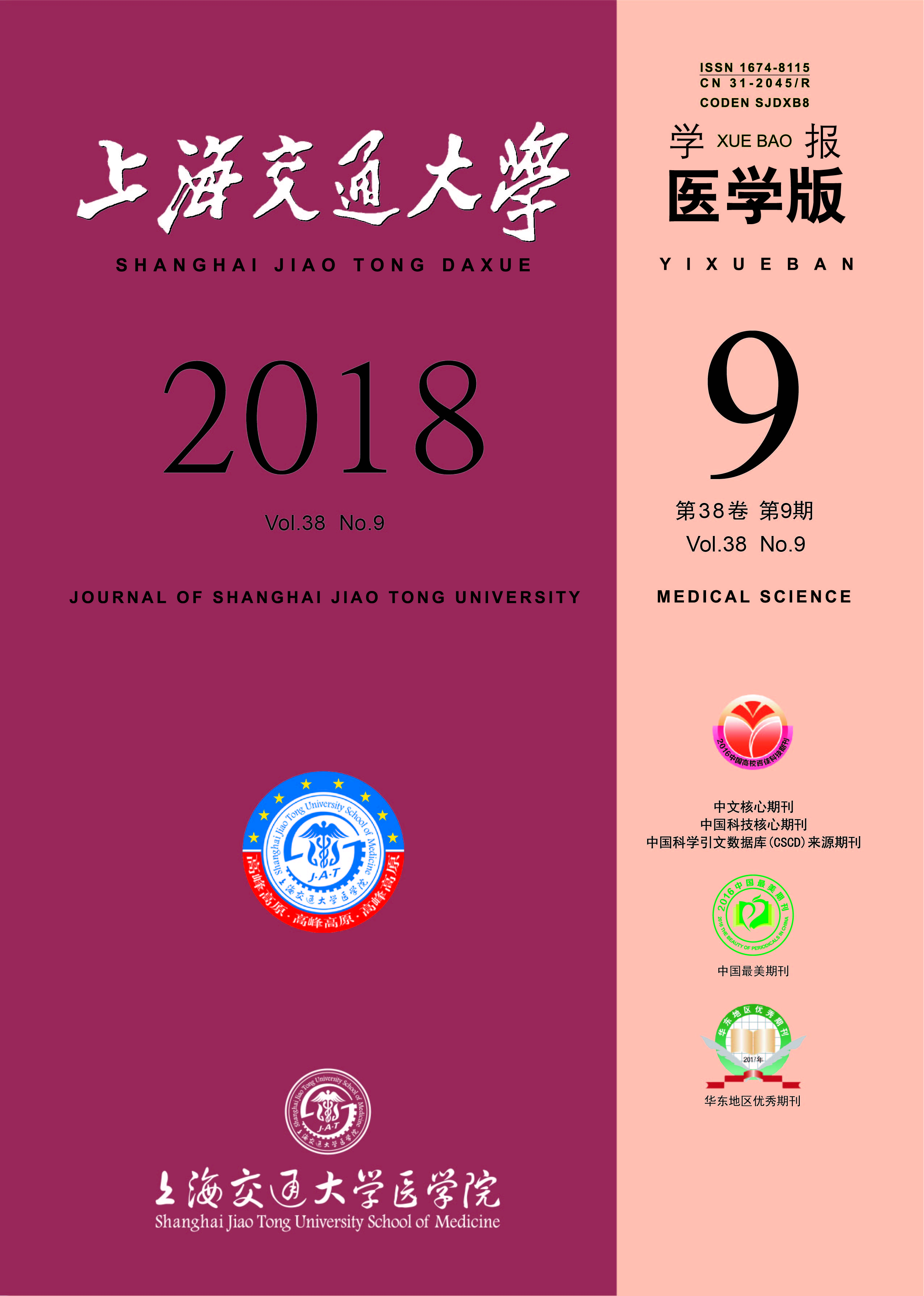|
|
Analysis of risk factors of thyroid nodules in patients with type 2 diabetes in the community
JIN Zhi-ping1, ZHANG Shan2, YU Xue-mei2, CHEN Hai-bing3, HU Cheng3
2018, 38 (9):
1066.
doi: 10.3969/j.issn.1674-8115.2018.09.011
Objective · To evaluate the prevalence, risk factors and the effects of macrovascular complications on the onset of thyroid nodules in patients with type 2 diabetes mellitus (T2DM) in the community. Methods · A total of 711 outpatients with T2DM March 2015 to December 2017 in Community Family Doctor Outpatient Department and Department of Endocrinology and Metabolism of Fengxian District Central Hospital were selected. Anthropometric data and clinical test data were collected. Patients were divided into two groups based on the results of thyroid ultrasound. The Logistic regression analysis was used to analyze the risk factors for thyroid nodules in T2DM patients, such as age, sex, body mass index, glycolipid metabolism index, pancreatic function index, and thyroid function index. Furthermore, the effect of macrovascular disease on the onset of thyroid nodules was analyzed. Results · Of the 711 patients with T2DM, 438 (61.60%) had thyroid nodules, including 231 males (55.13% of the male population) and 207 females (70.89% of the female population). Comparison of anthropometry data, glycolipid metabolism index, pancreatic function index, and thyroid function index in groups with and without thyroid nodules revealed that there was a statistically significant difference in gender, age, duration of T2DM, 2-hour post-meal plasma glucose, total cholesterol, triglyceride, low density lipoprotein-cholesterol, free triiodothyronine, and thyroid peroxidase antibody between the two groups (P<0.05). Multivariate Logistic regression analysis showed that gender, age, 2-hour post-meal plasma glucose, low density lipoprotein-cholesterol, and thyroglobulin antibodies levels were the risk factors of thyroid nodules in T2DM patients (P<0.05). After adjusting for these risk factors, it was found that there was no significant correlation between macrovascular complication and thyroid nodules in T2DM patients (P>0.05). Conclusion · This study found that females, seniors, reduction of 2-hour post-meal plasma glucose, low density lipoprotein-cholesterol, and thyroglobulin antibody levels were the risk factors of thyroid nodules in T2DM patients in the community. There is no certain correlation between macrovascular complications and the occurrence of thyroid nodules in T2DM.
Related Articles |
Metrics
|

